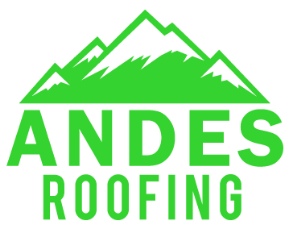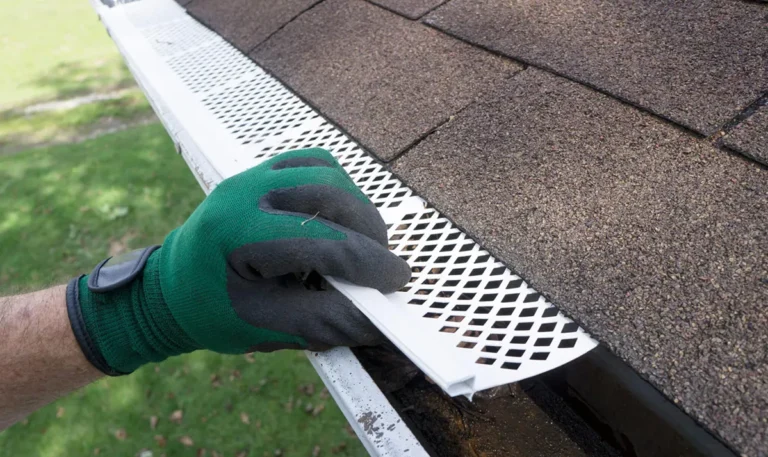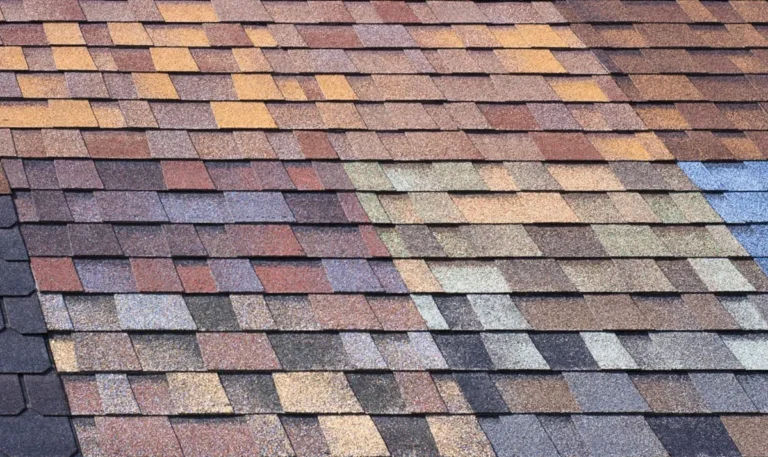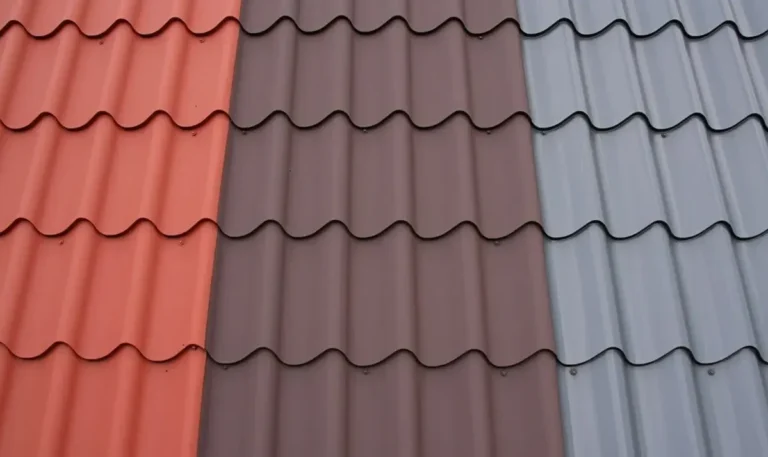Most home and business owners give their roof little to no thought until a costly surprise forces them to. Maintaining your roof can prevent costly repairs overtime.
There are plenty of ways to maintain a roof, but for now, let’s talk about the importance of a roof drainage system, also known as a roof drain.
What Is a Roof Drain?
A roof drain moves water off of the roof to protect the integrity of a building.
Most roof drainage systems redirect the water to the ground, away from the building. More advanced drainage systems may transport water to a retention pond or stormwater collection system.
Finding a building without a roof drainage system will prove difficult. Let’s discuss why.
Why Do Roof Drains Matter?
The most prominent way roof drainage systems protect a residential and commercial building is by maintaining the roofing materials.
Without a drain system, excess water accumulates, which can:
- Attract pigeons and expose your roof to contamination from feces
- Encourage bacteria, algae, and vegetation growth
- Weigh heavy and increase the risk of roof failure
- Deteriorate the roofing materials and cause small cracks or a total collapse
The type of roof drainage system you have matters as much as whether or not you have one.
Types of Roof Drainage Systems
The type of roof typically determines the type of roof drainage system installed.
Learn more about drain systems and the buildings they best complement below.
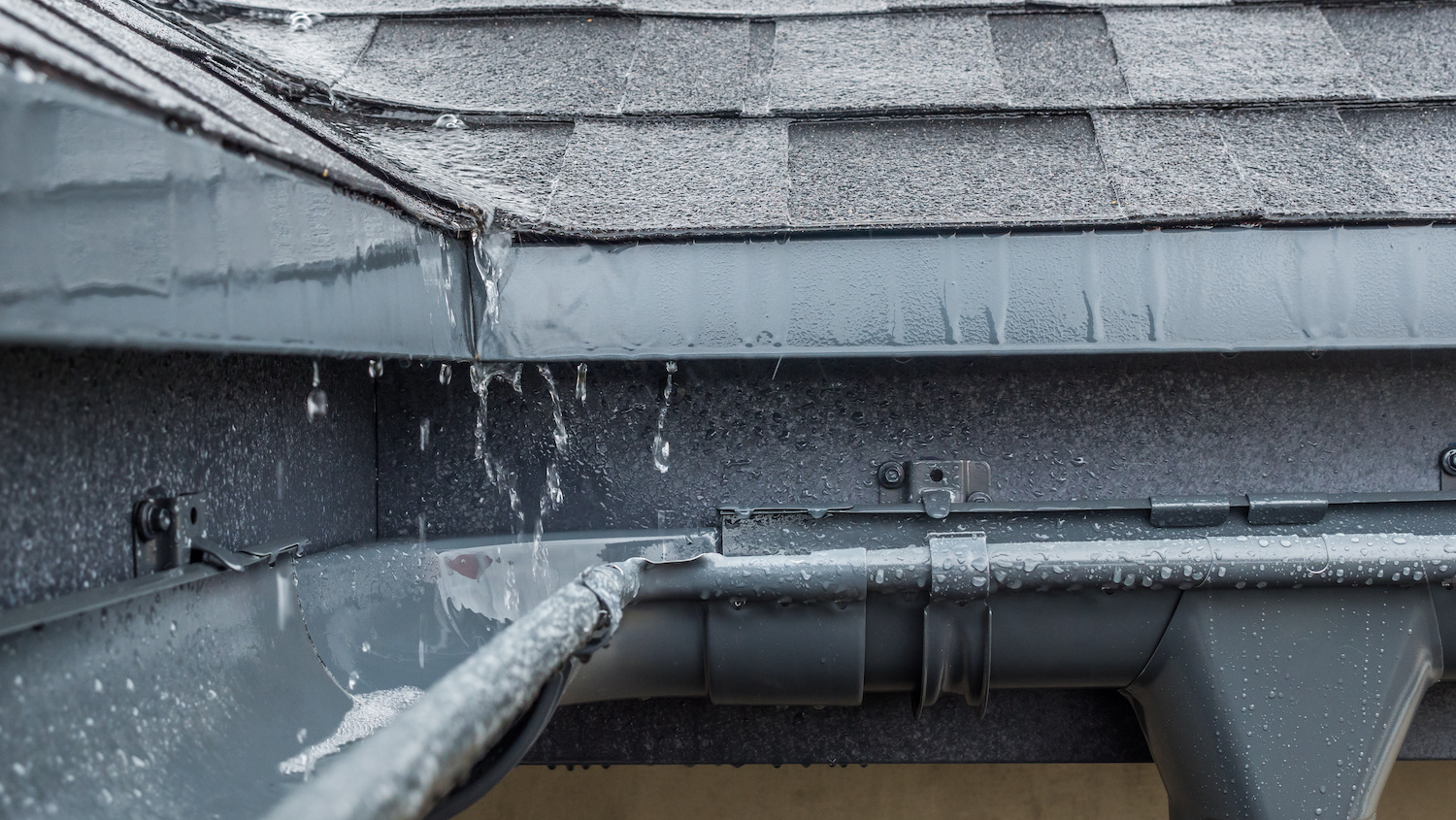
Gutter System
Gutters are metal structures that line the roof edge and are most common in residential buildings with low slope roofs. Water runs down low slope roofs into the gutter line. The gutter system then channels the water to the ground via a downspout.
Properly installed gutter drain systems divert water away from the base and sides of a house to:
- Preserve the soil that comprises a home’s foundation to protect the structural integrity.
- Ensure heavy amounts of water don’t damage window casings to protect the inside from water damage.
Gutters are an effective and inexpensive roof drainage system. However, they have to be maintained at least twice a year. If they are not, debris begins to clog the line and causes water to spill out over the edge of the roof, near the soil and entryways to your home.
Gutters are also exposed to the elements and are more likely to freeze, crack, or rust.
Inner Roof Drains
Inner drains, also known as internal or interior drains, are one of the most popular types of commercial roof drainage systems but may also be on larger homes. Inner drains are typically on buildings with flat roofs. Flat commercial roofs slightly dip in the middle, and the drain sits at the center of this dip.
When it rains, gravity forces water toward the drain. The water flows down the drain, beneath the roof, into a piping system protected by the building. Because the piping system is inside the building, it’s less likely to damage.
Internal drains are preferable to any other commercial roof drainage system as they’re out of sight and aesthetically pleasing. For this reason, they tend to be more expensive. They also require careful maintenance from a professional, adding to the cost.
Inner drain issues are also more challenging to fix than gutters. For instance, when an interior drain becomes clogged, excess water quickly accumulates on the roof, compromising its stability. Fixing the clog typically calls for a roofing professional. On the contrary, a quick spray from the power washer will clear a clogged gutter system.
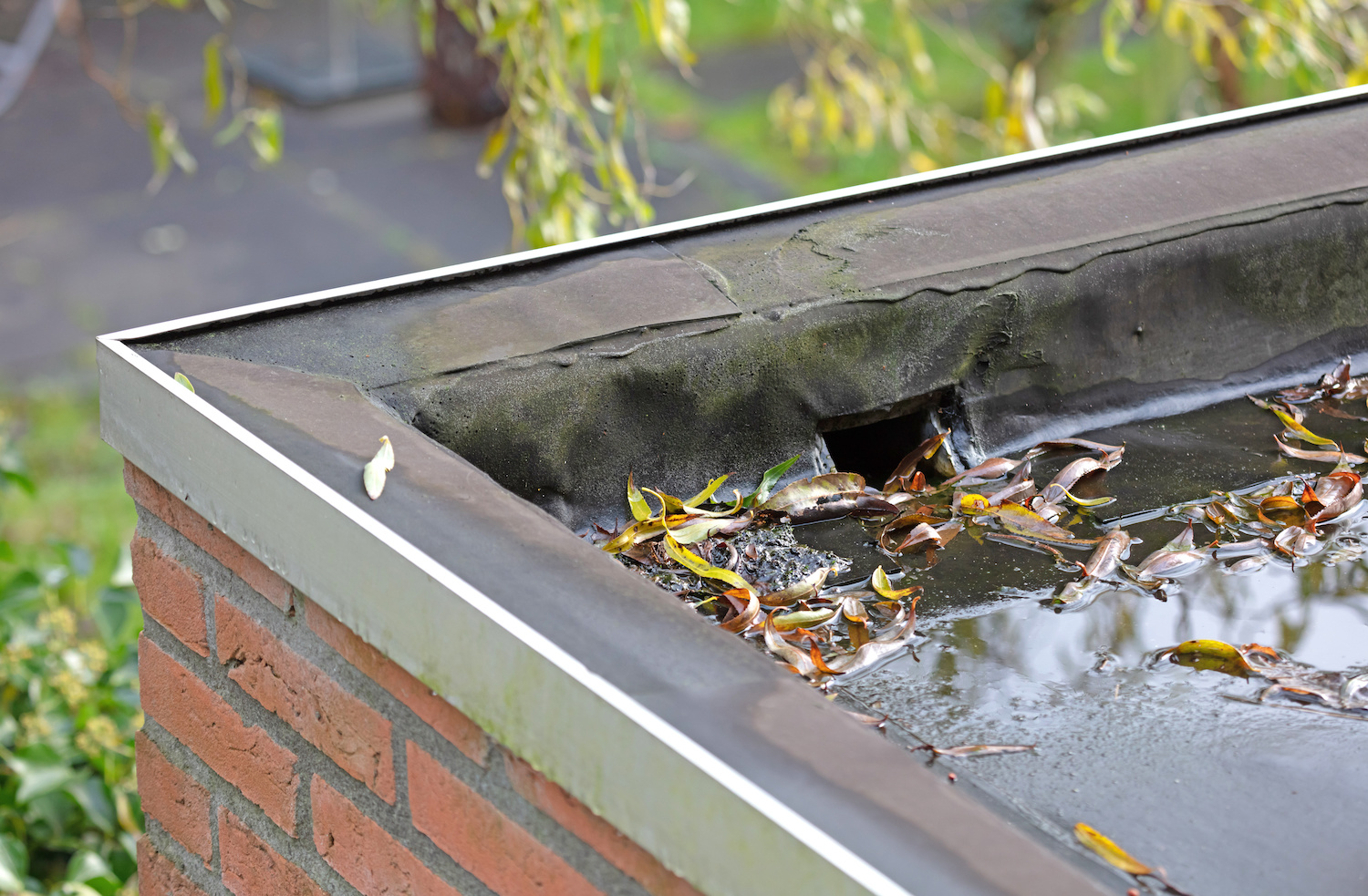
Scuppers
Scuppers are popular on commercial buildings with flat or low slope roofs. They drain water through an opening just below the roof or through an outlet in a parapet wall.
Scuppers often act as a secondary drain to internal roof drains. In the case of a clog, they prevent standing water and potential collapse. When water begins pouring out of them, the building owner can suspect a clog in their internal drain.
As a secondary drain, scuppers channel water through an opening near the edge of the roof surface. Scuppers are as close to the primary roof drain locations as possible because this is where the roof slightly slopes inward, and water naturally flows.
For this reason, scuppers meant to complement interior drains are built into a parapet wall at the lowest part of the roof, making it easier for water to flow off.
Scupper drains can also operate as the primary roof drain. This is more common in warmer climates with little rainfall as most of the water evaporates. It is less common in colder weather as scuppers can freeze. Primary scupper drains usually channel the water through the scupper into a collector box and down, downspouts mounted on the side of the building.
Siphonic Roof Drains
Siphonic roof drains are similar to inner roof drains. However, they contain an air baffle that permits negative atmospheric pressure within the piping system, meaning air cannot enter the piping system below the roof. This forces the water to flow straight into the pipe much fiercer and quicker than it would through the piping system on an inner drain.
The lack of air also causes the piping system to become completely filled with water. If your initial worry is pipes bursting, you’re not alone! However, each siphonic roof drain is designed with a specific building and expected rainfall volume in mind, to ensure this doesn’t happen.
Not to mention, before the pressure can reach a level that warrants implosion, the drain pipe widens, making more room for the water to flow. How does this work? The piping system beneath the drain runs horizontally, directly across the top of the building. A wide angle diverts the pipe downward, where it transports the water to an outdoor storm sewer system.
Not only does this provide a cleaner look within the building, but it also leaves more room. Therefore, siphonic drain systems are most common in busy commercial buildings with flat roofs, such as an airport or mall.
Final Thoughts
Your roof’s drainage system should be determined by your type of building/roof, local building code, and climate.
A Local professional can help you determine the best drain system for your residential or commercial building.
